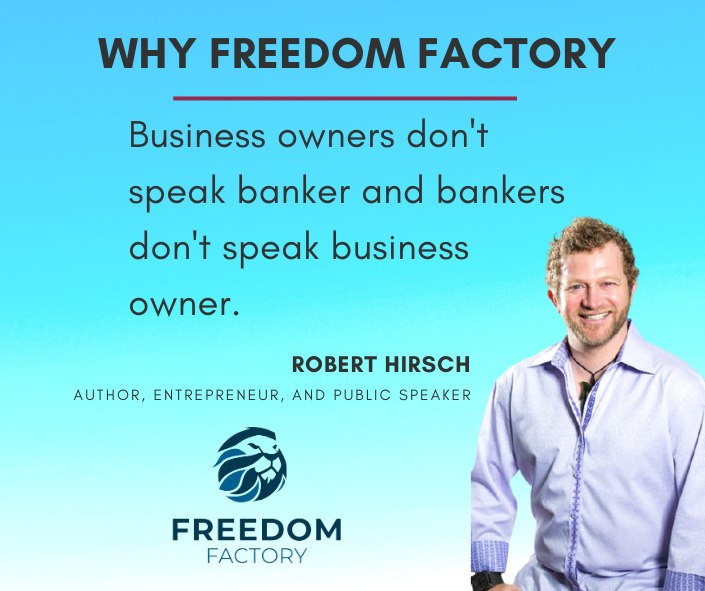To keep learning and advancing your profession, the list below resources will be practical:.
Growth equity is frequently referred to as the personal investment strategy occupying the happy medium in between equity capital and traditional leveraged buyout methods. While this may hold true, the strategy has evolved into more than just an intermediate personal investing technique. Growth equity is often referred to as the private financial investment strategy inhabiting the happy medium in between equity capital and traditional leveraged buyout methods.
This mix of aspects can be engaging in any environment, and much more so in the latter phases of the marketplace cycle. Was this short article handy? Yes, No, END NOTES (1) Source: National Center for the Middle Market. Q3 2018. (2) Source: Credit Suisse, "The Unbelievable Shrinking Universe of Stocks: The Causes and Repercussions of Less U.S.
Option financial investments are complex, speculative financial investment automobiles and are not suitable for all investors. A financial investment in an alternative investment involves a high degree of danger and no assurance can be offered that any alternative mutual fund's investment objectives will be attained or that investors will get a return of their capital.
This industry details and its significance is an opinion only and must not be trusted as the only important details readily available. Info included herein has been obtained from sources thought to be reputable, however not ensured, and i, Capital Network assumes no liability for the information provided. This information is the home of i, Capital Network.
they utilize utilize). This investment strategy has actually helped coin the term "Leveraged Buyout" (LBO). LBOs are the primary financial investment technique type of most Private Equity companies. History of Private Equity and Leveraged Buyouts J.P. Morgan was considered to have actually made the first leveraged buyout in history with his purchase of Carnegie Steel Business in 1901 from Andrew Carnegie and Henry Phipps for $480 million.
As discussed previously, the most infamous of these offers was KKR's $31. 1 billion RJR Nabisco buyout. This was the biggest leveraged buyout ever at the time, lots of individuals believed at the time that the RJR Nabisco offer represented the end of the private equity boom of the 1980s, due to the fact that KKR's investment, nevertheless well-known, was eventually a considerable failure for the KKR investors who bought the business.
In addition, a lot of the cash that was raised in the boom years (2005-2007) still has yet to be used for buyouts. This overhang of committed capital prevents numerous investors from devoting to purchase new PE funds. In general, it is estimated that PE companies handle over $2 trillion in assets around the world today, with close to $1 trillion in committed capital readily available to make brand-new PE investments (this capital is in some cases called "dry powder" in the industry). Ty Tysdal.
An initial financial investment could be seed funding for the business to begin constructing its operations. Later, if the business shows that it has a viable product, it can get Series A funding for additional development. A start-up company can complete numerous rounds of series funding prior to going public or being acquired by a financial sponsor or strategic purchaser.
Top LBO PE firms are defined by their large fund size; they are able to make the largest buyouts and handle the most financial obligation. However, LBO deals can be found in https://medium.com/p/import?source=your_stories_page---------------------------------------- all sizes and shapes - . Overall transaction sizes can vary from 10s of millions to 10s of billions of dollars, and can occur on target business in a wide range of industries and sectors.

Prior to executing a distressed buyout opportunity, a distressed buyout firm has to make judgments about the target business's value, the survivability, the legal and reorganizing problems that might occur (ought to the company's distressed properties require to be reorganized), and whether the financial institutions of the target company will become equity holders.
The PE company is required to invest each particular fund's capital within a duration of about 5-7 years and then normally has another 5-7 years to sell (exit) the financial investments. PE companies normally utilize about 90% of the balance of their funds for brand-new financial investments, and reserve about 10% for capital to be utilized by their portfolio companies (bolt-on acquisitions, extra offered capital, and so on).
Fund 1's committed capital is being invested with time, and being returned to the limited partners as the portfolio business because fund are being exited/sold. Therefore, as a PE firm nears the end of Fund 1, it will require to raise a brand-new fund from brand-new and existing restricted partners to sustain its operations.